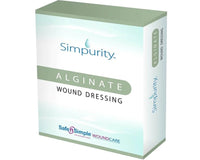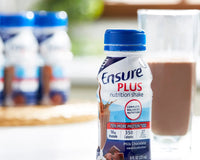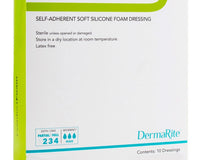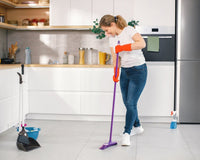Adult incontinence products are essential aids for millions of individuals who face challenges with incontinence. These products, often referred to in a variety of terms, cater to a broad spectrum of needs and preferences. Incontinence pads, protective underwear, and adult briefs are just a few of the commonly used names that signify the different types of adult diapers available in the market. Understanding the range and capabilities of these products is crucial for caregivers and patients alike, ensuring that the right level of support and comfort is provided.
At Cart Health, we recognize the importance of finding the perfect fit for your individual incontinence needs. We offer a diverse selection of products that promise discretion, security, and ease of use. Whether you're managing light leaks or more significant incontinence issues, our catalog is designed to meet your specific requirements. With our focus on customer care, we invite you to explore our range and find the solution that best suits your lifestyle and health situation. Order online here for convenient shopping and doorstep delivery!
As we delve deeper into the topic of 'what are adult diapers called', we'll explore the various terms and products available, equipping you with the knowledge to make informed decisions about your incontinence care. Each term reflects a different style or feature aimed at providing comfort and protection to suit different levels of need, from occasional leaks to full incontinence support.
Different Names for Adult Diapers Explained
When exploring the world of adult incontinence products, one will encounter a variety of terms that may seem confusing at first. However, these names often describe the specific design and intended use of the product. For instance, briefs typically refer to adult diapers with tabs that can be fastened and are ideal for those with limited mobility. In contrast, protective underwear resembles regular underwear but with added absorbency for those with an active lifestyle.
Additionally, incontinence pads are designed to be worn inside regular underwear, offering a discreet and easily changeable solution. Belted garments come with a belt or straps that hold the pads in place, providing an extra layer of security. Underpads, also known as bed pads or chair pads, are larger absorbent pads designed to protect surfaces such as beds and chairs.
Understanding these terms is not just about knowing what to call the products; it's about recognizing the features that can contribute to a user's quality of life. For example, someone who experiences frequent, heavy leakage might opt for a more robust option like an adult brief, while someone managing occasional drips may prefer an incontinence pad for its simplicity and convenience. Each term encapsulates a solution tailored to different incontinence levels, providing a roadmap for individuals and caregivers to navigate the complexities of incontinence care.
Understanding Absorbency and Usage Scenarios

Key to selecting the right adult diaper is understanding its absorbency level, which correlates directly with the user's needs. Absorbency is measured by the amount of liquid the product can hold without leakage, ranging from light to maximum protection. Light absorbency products are suitable for those experiencing occasional dribbles, while maximum absorbency diapers are designed for full bladder and bowel incontinence.
Usage scenarios vary widely among individuals. For active users who experience light incontinence, pull-on underwear style diapers offer convenience and can be easily replaced. Night-time diapers, with their high absorbency, ensure a restful sleep without the worry of leakage. For those with limited mobility or who are bedridden, tab-style briefs may be necessary, providing ease of changing by caregivers without the need to fully undress the individual.
It's also essential to consider the product's material and how it interacts with the skin. Breathable fabrics can prevent skin irritation and are preferable for long-term wear. Moreover, many products include advanced features like odor control and wetness indicators, which are invaluable for maintaining dignity and comfort throughout the day. By closely examining the absorbency needs and everyday scenarios of the user, caregivers and individuals can make informed decisions about which adult diaper will best support their lifestyle and provide optimal protection.
The Evolution of Adult Diaper Terminology
The terminology surrounding adult diapers has evolved significantly as the market for these products has expanded and diversified. Initially, the term 'adult diapers' was widely used, emphasizing the similarity to infant diapers in terms of function and design. However, as manufacturers developed more sophisticated and discrete products, the language shifted towards terms like 'incontinence briefs' or 'absorbent underwear' to provide a more dignified and less stigmatizing vocabulary.
As technology advanced, so did the variety of products, leading to more specialized terms that communicate specific features. For example, 'protective underwear' often refers to pull-up style products that resemble standard undergarments while providing leak protection. On the other hand, 'incontinence pads' are distinct from diapers and are designed to be worn inside regular underwear.
Manufacturers also now use the term 'continence care products' as an umbrella term that encompasses a range of items from pads to disposable undergarments, highlighting a focus on managing the condition rather than the product itself. This shift in terminology reflects a broader social and cultural change towards greater sensitivity and respect for individuals dealing with incontinence. Emphasizing discretion and normalcy, the evolving language around adult diapers aims to empower users, allowing them to feel more confident and less defined by their condition.
Comparing Adult Diapers with Similar Products
When comparing adult diapers to similar products, it's essential to understand the nuances that distinguish them within the incontinence product spectrum. Adult diapers, often referred to as 'adult briefs,' are designed for maximum absorbency and are suitable for individuals with moderate to heavy incontinence. They commonly feature side tabs for easy removal and are available in a variety of sizes to ensure a secure fit.
In contrast, 'protective underwear', or 'pull-ups,' offer a balance between absorbency and discretion. They are ideal for active individuals who prefer a product that can be pulled on and off like regular underwear. While they are less bulky than adult diapers, they may not provide sufficient protection for severe incontinence.
'Incontinence pads' and 'liners' are another alternative, designed to be worn inside regular underwear. These are best suited for light to moderate incontinence and offer the advantage of being less intrusive than bulkier products. For those seeking a reusable option, 'washable incontinence underwear' incorporates absorbent layers into a fabric garment that can be laundered and reused.
Another product on the market is the 'belted undergarment', which is a hybrid between a pad and a brief, featuring a belt-like structure that holds the absorbent pad in place. It's a good compromise for those who need more protection than a pad but less than a full brief.
Each of these alternatives serves a specific need and preference, with variations in absorbency, fit, and lifestyle compatibility. Caregivers and users must assess individual requirements to select the most suitable product, balancing comfort, dignity, and protection.
Selecting the Right Adult Diaper: Tips and Advice
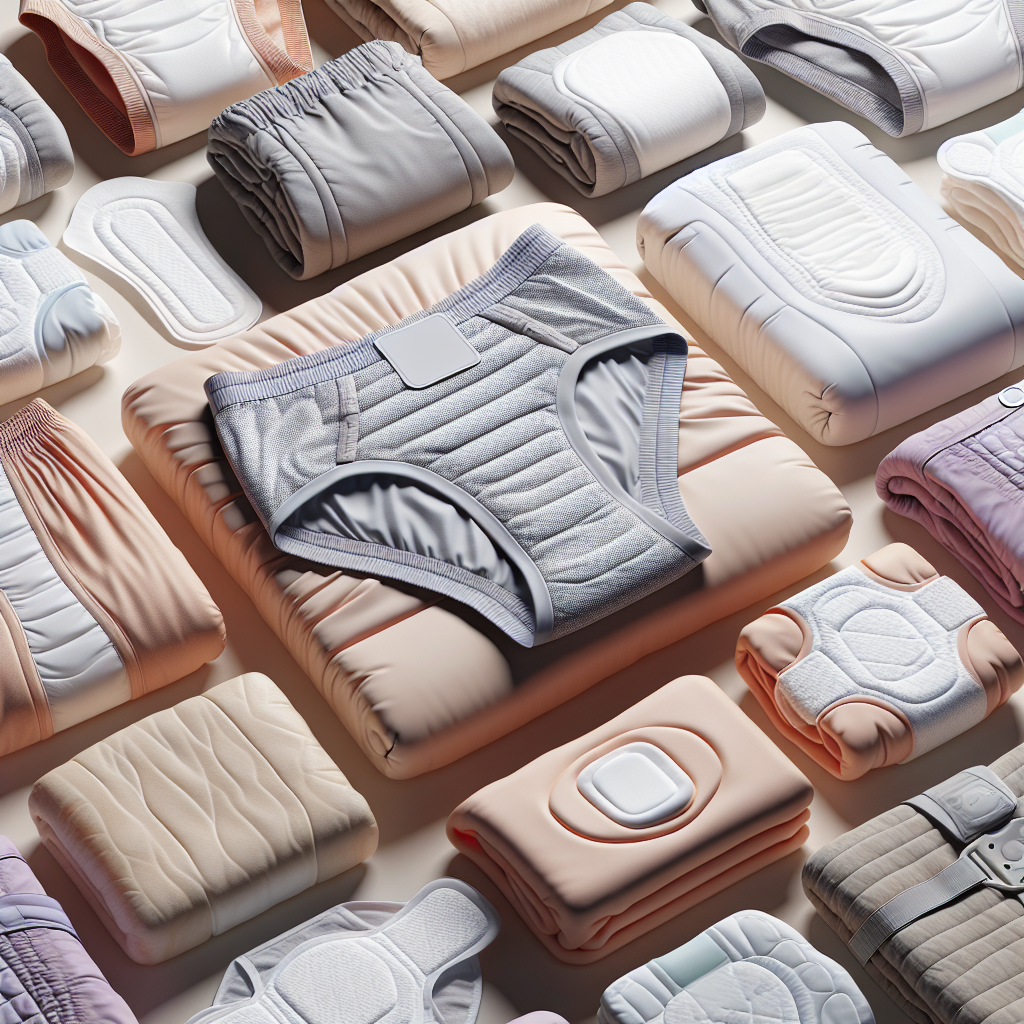
Order online here for convenient shopping and doorstep delivery! Selecting the right adult diaper is a crucial step in managing incontinence with confidence and comfort. To ensure the best fit and functionality, consider the following tips and advice:
- Assess the level of incontinence: Choose a diaper that matches the severity of incontinence, from light to heavy absorbency.
- Consider the fit: A well-fitting diaper prevents leaks and increases comfort. Measure the waist and hip size to match the product's sizing guide.
- Look for skin-friendly materials: Opt for breathable materials that reduce the risk of skin irritation and rashes.
- Decide between reusability and disposability: While disposable diapers are convenient, reusable ones may be more economical and environmentally friendly in the long run.
- Check for ease of use: For caregivers, diapers with side tabs or pull-up styles can make changing easier.
- Read reviews and get recommendations: Learn from others' experiences to find reliable brands and products.
Remember, the right adult diaper can significantly improve the quality of life for both the wearer and the caregiver. With the vast array of options available, it may take some trial and error to find the perfect match. Don't hesitate to reach out to professionals for guidance or to explore different samples before making a bulk purchase.
Join the Cart Health family to experience the difference in finding tailored solutions that meet your unique health needs. We believe in providing not just products, but also the support and advice necessary to enhance the caregiving experience.


